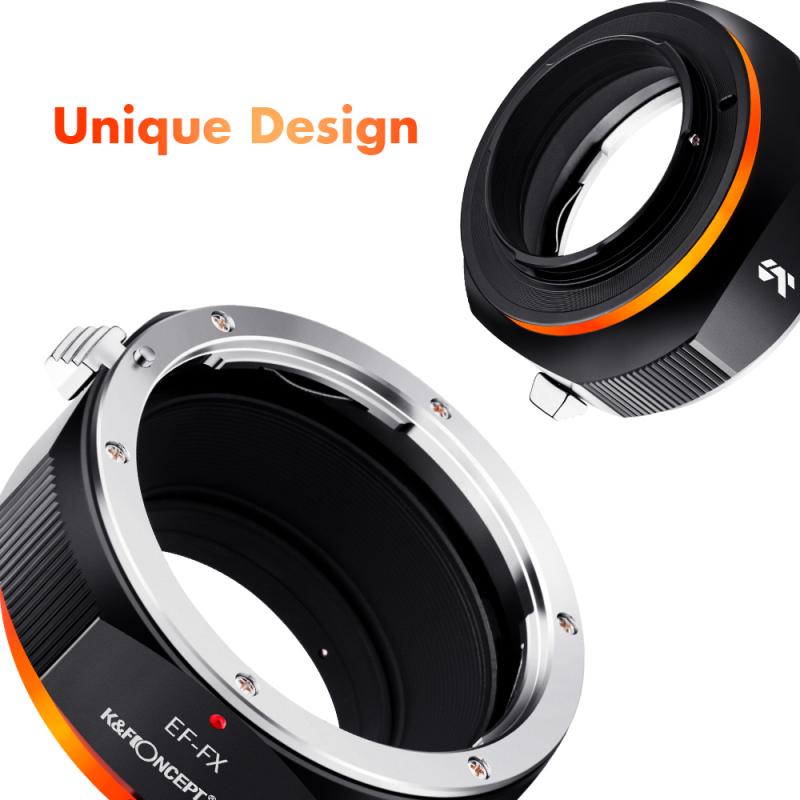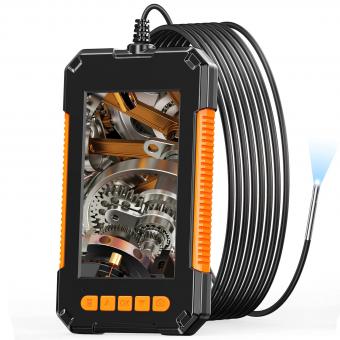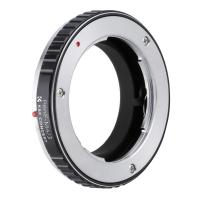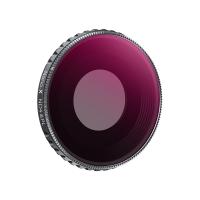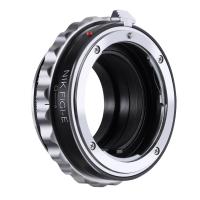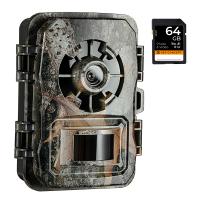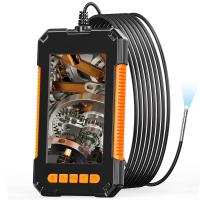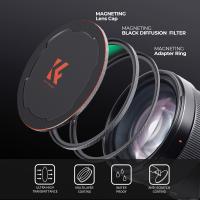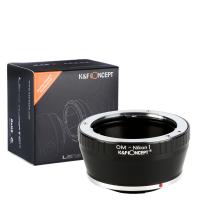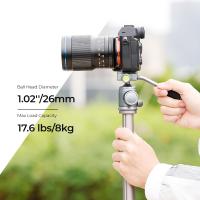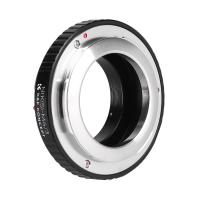What Is A Body Tube On A Microscope ?
The body tube on a microscope is a cylindrical component that connects the eyepiece to the objective lenses. It houses the optical path and allows light to pass through the lenses and reach the eyepiece. The body tube is typically made of metal or plastic and is designed to provide stability and support to the optical system of the microscope. It also helps to maintain the proper alignment of the lenses, ensuring accurate and clear magnification of the specimen being observed.
1、 Definition and Function of a Body Tube in Microscopy
The body tube is an essential component of a microscope that connects the eyepiece to the objective lenses. It is a cylindrical tube that houses the optical system and allows light to pass through, enabling the magnification and visualization of microscopic specimens.
The body tube is typically made of metal or plastic and is designed to be rigid and durable. It is positioned vertically or at an inclined angle, depending on the microscope's design. The upper end of the body tube contains the eyepiece, which is where the observer looks through to view the specimen. The lower end of the body tube holds the revolving nosepiece, which holds the objective lenses.
The primary function of the body tube is to maintain the proper alignment of the optical components. It ensures that the light passing through the objective lenses is focused and directed towards the eyepiece, resulting in a clear and magnified image. The body tube also acts as a protective housing for the delicate optical system, shielding it from external factors that could potentially damage or misalign the lenses.
In recent years, advancements in microscopy technology have led to the development of more sophisticated body tube designs. Some microscopes now incorporate adjustable body tubes that allow for ergonomic adjustments, enabling users to find a comfortable viewing position. Additionally, there are body tubes equipped with built-in cameras or digital imaging systems, enabling real-time image capture and analysis.
In conclusion, the body tube is a crucial component of a microscope that houses the optical system and ensures proper alignment of the lenses. It plays a vital role in producing clear and magnified images of microscopic specimens. With advancements in technology, the body tube has evolved to incorporate ergonomic features and digital imaging capabilities, enhancing the overall microscopy experience.
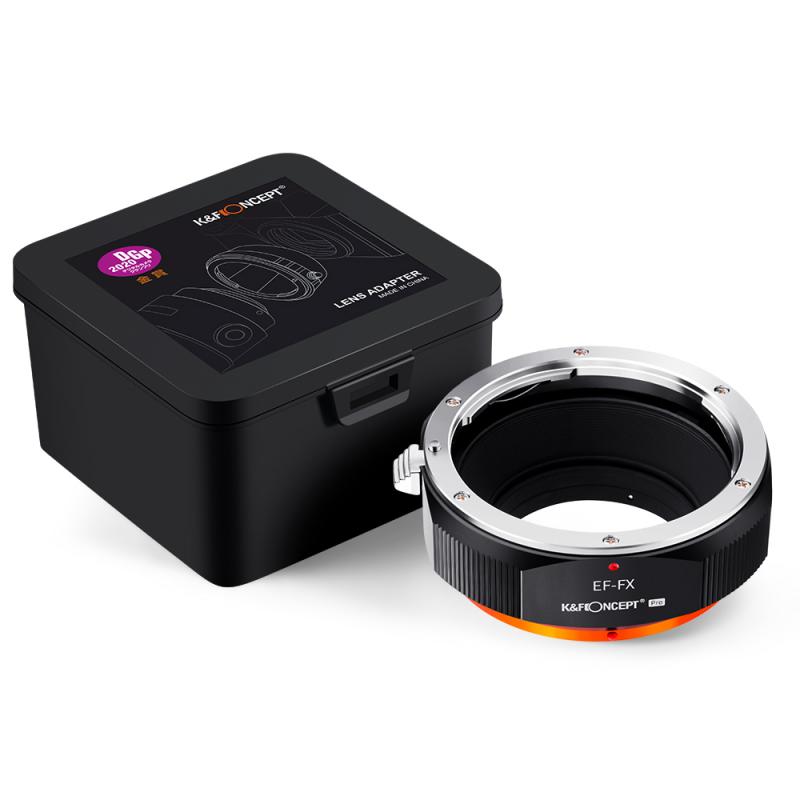
2、 Types of Body Tubes in Modern Microscopes
A body tube on a microscope is a cylindrical component that connects the eyepiece to the objective lenses. It serves as a pathway for light to travel from the objective lenses to the eyepiece, allowing the user to view the magnified image of the specimen. The body tube is an essential part of the microscope as it ensures proper alignment and focus of the image.
In modern microscopes, there are different types of body tubes available, each offering unique features and advantages. One common type is the monocular body tube, which has a single eyepiece and is commonly used in educational settings. It allows for easy viewing of the specimen with one eye while the other eye remains open to observe the surroundings.
Another type is the binocular body tube, which has two eyepieces, allowing for a more comfortable and immersive viewing experience. Binocular microscopes are widely used in research laboratories and medical settings, as they provide a three-dimensional view of the specimen and reduce eye strain during prolonged use.
In recent years, there has been a growing trend towards ergonomic design in microscope body tubes. Manufacturers are focusing on creating body tubes that promote better posture and reduce fatigue during microscope use. This includes adjustable body tubes that can be tilted or angled to suit the user's comfort, as well as body tubes with extended length to accommodate different body types.
Additionally, some modern microscopes are equipped with digital imaging capabilities, allowing users to capture and analyze images directly from the microscope. These microscopes often feature body tubes with built-in cameras or adapters for attaching digital cameras, enabling real-time image sharing and analysis.
Overall, the body tube is a crucial component of a microscope, providing the necessary pathway for light and ensuring optimal viewing conditions. With advancements in technology and ergonomic design, modern microscopes offer a range of body tube options to cater to different user needs and enhance the overall microscopy experience.
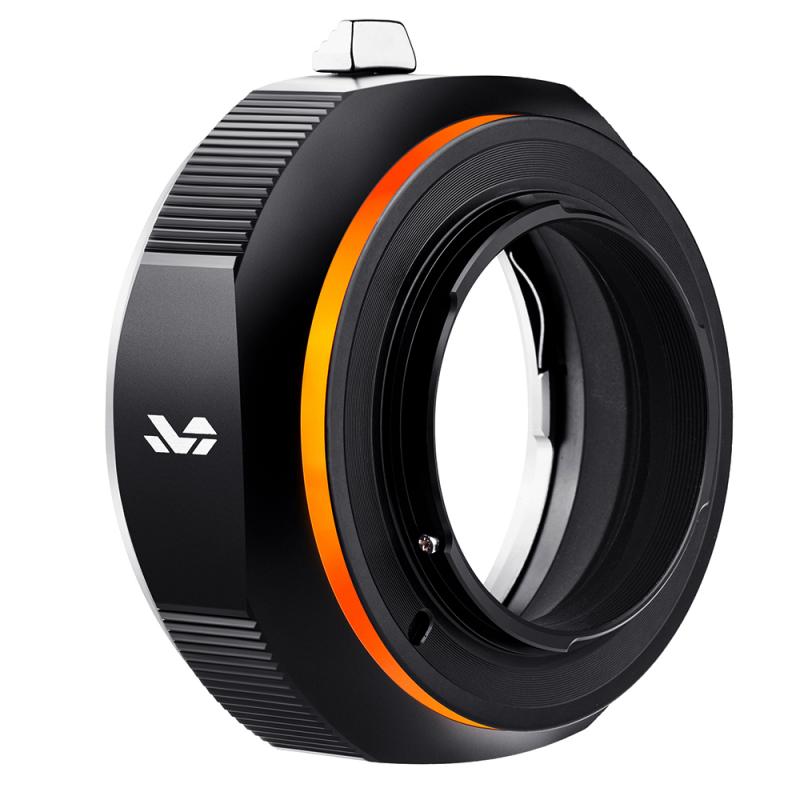
3、 Role of Body Tube in Optical Path of Microscope
The body tube is an essential component of a microscope that plays a crucial role in the optical path. It is a cylindrical tube that connects the eyepiece to the objective lenses and holds them in alignment. The body tube is typically made of metal or plastic and is designed to be rigid and stable.
The primary function of the body tube is to maintain the correct distance between the eyepiece and the objective lenses. This distance is crucial for achieving proper magnification and focus. The body tube ensures that the light passing through the objective lenses is correctly focused onto the specimen and then transmitted to the eyepiece for observation.
In addition to maintaining the correct distance, the body tube also serves to protect the internal optical components of the microscope. It acts as a barrier, preventing dust, debris, and other contaminants from entering the optical path and potentially affecting the quality of the image.
Furthermore, the body tube may also incorporate additional features to enhance the functionality of the microscope. For example, some microscopes have a built-in diopter adjustment on the body tube, allowing the user to compensate for differences in their own eyesight and achieve a clear and focused image.
In recent years, advancements in microscope technology have led to the development of digital microscopes, where the body tube may also house a camera or other imaging sensors. This allows for real-time digital imaging and analysis of the specimen, providing researchers with new tools and capabilities for their work.
Overall, the body tube is a critical component of a microscope, ensuring proper alignment, protecting the internal optics, and enabling the observation and analysis of microscopic specimens.
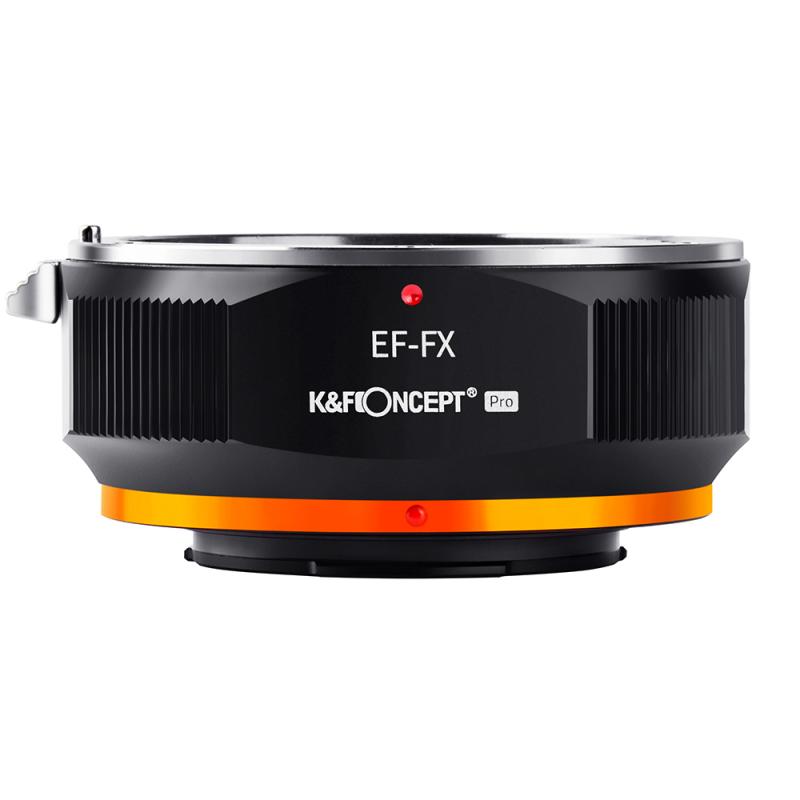
4、 Importance of Body Tube Length in Microscopy
The body tube on a microscope is a cylindrical tube that connects the eyepiece to the objective lenses. It serves as a pathway for light to travel from the objective lens to the eyepiece, allowing the viewer to observe the magnified image of the specimen.
The body tube length in microscopy is an important factor that affects the quality of the image produced. The length of the body tube determines the distance between the objective lens and the eyepiece, which in turn affects the magnification and resolution of the microscope.
The importance of body tube length lies in its impact on the overall performance of the microscope. A longer body tube length allows for higher magnification and better resolution. This is because the longer distance between the objective lens and the eyepiece allows for more light to pass through the lenses, resulting in a clearer and more detailed image.
However, it is worth noting that the importance of body tube length in microscopy has evolved over time. With advancements in technology, such as the introduction of digital microscopes, the traditional body tube length may not be as crucial as it once was. Digital microscopes use electronic sensors to capture and display images, eliminating the need for a physical body tube.
In conclusion, the body tube on a microscope serves as a pathway for light to travel from the objective lens to the eyepiece. The length of the body tube is important in determining the magnification and resolution of the microscope. While it has been a crucial factor in traditional microscopy, the importance of body tube length may be less significant in the context of digital microscopes.
